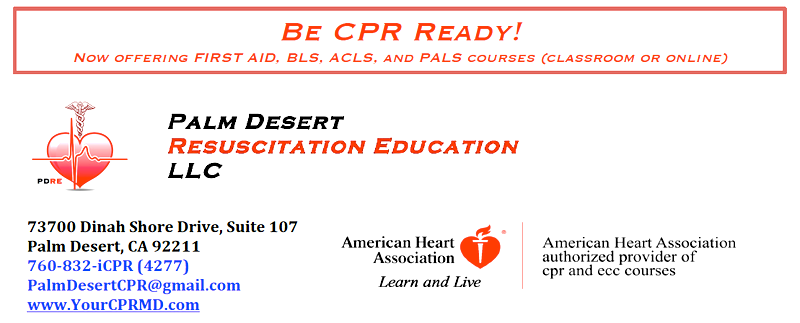Introduction
Cardiopulmonary resuscitation refers to the combination of pumping the chest and providing mouth-to-mouth breathing in patients. It is also a recommendable technique to save the life of an infant or a newborn baby if its breathing stops. According to the experts of CPR A Certification, chest pumping, or compression facilitates the movement of blood between the body and the heart of a victim. In contrast, mouth-to-mouth breathing supplies oxygen to the patient’s lungs.
CPR Technique to Resume Breathing in Babies
If the breathing of a baby stops suddenly, you should apply CPR on an Infant as follows-
Check Response
You should check the response of the baby by tapping its heel or calling its name.
Call Emergency Number
If you find the baby does not respond to you, you should immediately call the emergency number 911.
Apply CPR on the Baby
Turn the victim flat by lying on a hard surface on his/her back to apply CPR on an Infant. Again, you should look at the chest and face of the baby to check the breathing. Wait for a period of 5 seconds to 10 seconds.
Remove Clothes from its Chest
If your baby does not breathe, you should remove clothes from the chest.
Search the Right Chest Compression Position
You must find the appropriate position for chest compression. For this, you should draw an imaginary line between the baby’s nipples to check the center of its breastbone.
Let the Chest Comes Back to Normal Position
Place any 2 fingers below the breastbone line and push down at about one and a half inches hard on the breastbone and to the backbone. You should allow the chest to return to its normal position after every chest compression. Experts of CPR A Certification always recommend the compression rate as 100 in one minute.
Apply Mouth-to-Mouth Breathing
Once you compress the baby’s chest 30 times, you should open its airway to apply mouth-to-mouth breathing. For this, you should use the chin lift and head lift methods. Use your hand on the victim’s forehead to tip his head back. Use the fingertips of another hand to lift your chin upward. Make sure to close the mouth of the baby completely. Tilt the baby’s head until its nose aims towards the ceiling. However, you should avoid tilting the infant’s head, as doing so will close the airway of the baby.
Give 2 Breathes on the Baby’s Nose and Mouth
Give only 2 breaths by placing your mouth on both the baby’s nose and mouth. Doing so will create an airtight seal. Make sure to breathe enough air to let the chest of the baby rise. As the lungs of an infant are relatively small than older ones, they need only a few air puffs to fill them.
Repetition Until the Emergency Arrives
Repeat a maximum of 30 chest compressions and 2 mouth-to-mouth breathing for a maximum of 5 times.
Note-You should practice CPR on a doll or mannequin with a nurse to make sure to perform it correctly. Make sure to perform this activity before applying itin a clinical setting or hospital.
Conclusion
CPR is the best technique to apply to babies or infants. However, you should essentially learn the right way and steps to apply it for saving the life of babies with cardiac arrest or heart defects from their birth.
PALM DESERT – Main Office
73700 Dinah Shore Drive, Suite 107, Palm Desert, CA
92211 1-760-832-iCPR (4277)
